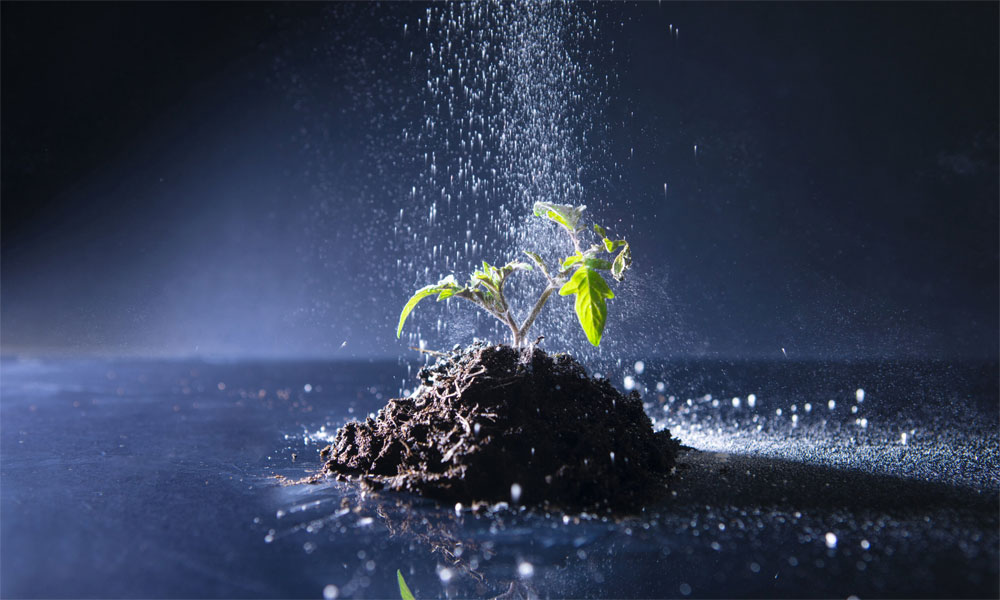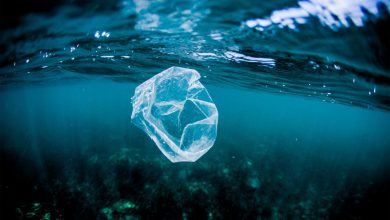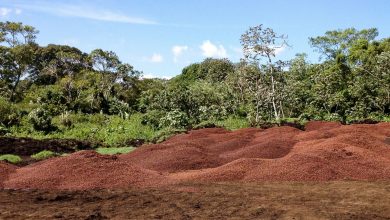Researchers Find a Method For Making Green Fertiliser

A workforce of worldwide scientists has created a extra sustainable technique for making inexperienced fertiliser. Led by Nanyang Technological University, Singapore (NTU Singapore), the researchers centred their investigation on a key compound in fertiliser known as urea. This is a pure nitrogen-rich substance discovered within the urine of mammals. It’s utilised in business fertilisers to extend crop yields, however conventional strategies to create it require immense vitality.
The present Haber-Bosch technique of constructing urea doesn’t coincide with a extra sustainable world. The course of converts hydrogen and nitrogen into ammonia, which kinds the bottom of business artificial nitrogen fertilisers. While it’s arguably among the many most impactful industrial chemical reactions in historical past, it takes a big toll on the surroundings.
The chemical response requires temperatures round 500 levels Celsius and pressures of 200x sea-level atmospheric stress. This creates a big carbon footprint, accounting for roughly 2% of worldwide annual CO2 emissions. To put that in perspective, the Haber-Bosch process emits extra carbon dioxide than another chemical response. What’s extra, it consumes almost 5% of the world’s annual pure gasoline manufacturing to create hydrogen and generate warmth.
So, the NTU researchers needed to plan a extra eco-friendly solution to make inexperienced fertilizer. As international meals demand will increase, it’s of utmost significance to apply sustainable agriculture. The workforce believes the findings of their analysis might assist agricultural corporations attain this objective.
To make inexperienced fertiliser extra environment friendly, scientists turned to an already-existing urea manufacturing technique. Known as electrocatalysis, this course of makes use of electrical energy and probably daylight to set off chemical reactions in a resolution. While producing urea this fashion requires much less vitality, it traditionally hasn’t produced sufficient to switch the Haber-Bosch technique.
How scientists made inexperienced fertiliser extra sustainable and environment friendly
So, to enhance the choice technique, scientists used nitrate as an alternative of nitrogen to bond with carbon dioxide. They used the nano-material indium hydroxide as a catalyst resolution. Scientists found that this course of produced urea for inexperienced fertiliser 5 instances extra effectively than earlier makes an attempt utilising electrocatalysis. Not to say, the improved technique created a higher output of urea than the older course of.
Co-lead creator of the examine, Professor Alex Yan from the NTU School of Materials Science and Engineering (MSE), mentioned, “Our method essentially manipulates the chemical reaction process to become ‘highly selective.’ By picking a better catalyst, we helped the nitrate ions and carbon dioxide molecules to optimally position themselves to facilitate urea formation while suppressing the creation of unnecessary by-products like hydrogen, leading to higher efficiency and better urea yields.”
The worldwide analysis workforce consists of researchers from Texas at Austin, University of Science and Technology of China, and Harbin Institute of Technology, China. The examine findings have been printed within the peer-reviewed scientific journal Nature Sustainability in July. Also, NTU patented the choice urea manufacturing technique to make inexperienced fertiliser.
Researchers say the improved urea manufacturing approach might pave the best way for sustainable chemistry sooner or later. They additionally hope it can encourage extra eco-friendly agricultural strategies to feed the rising international inhabitants.
The examine supplies proof of the college’s pledge to handle humanity’s biggest challenges on sustainability. CAalled the NTU 2025 strategic plan, it goals to remodel scientific analysis into technological developments to heal our planet.
The new technique for making inexperienced fertiliser can compete with the Haber-Bosch course of
Scientists examined the effectivity of their improved technique within the lab as a proof of idea. They found that the method resulted in a urea yield of 53.4%. Luckily, this makes it aggressive with the standard Haber-Bosch technique, which remodeled agriculture within the 1910s.
The two-step thermal course of depends solely on fossil fuels and requires extraordinarily excessive temperatures to create a response. It additionally wants high-pressure circumstances, making it unsustainable and environmentally harmful. The first step of the method makes use of nitrogen and hydrogen to make ammonia. Next, it’s bonded with carbon dioxide to type urea.
In comparability, the brand new technique of making inexperienced fertiliser requires far much less vitality and complexity. For starters, the approach requires just one step as an alternative of two. It takes a lot much less vitality to interrupt the bonds of nitrate than nitrogen, which helps produce larger urea yields. Combined with carbon dioxide and hydrogen, the method triggers urea formation at room temperature.
According to researchers, for the reason that technique solely requires one step, it’s easy sufficient to scale up. Farmers might simply function the electrocatalytic system to provide urea for fertilisers. Also, the tactic might at some point run solely on renewable vitality, making it much more eco-friendly. The workforce hopes that large-scale industrial corporations will undertake this technique to scale back vitality use.
The first creator of the analysis, Dr. Lyu Chade, Research Fellow from the NTU School of MSE, mentioned:
“With advances in solar technology, we may potentially use sunlight to power the electrocatalysis process in future, which can further help lower global emissions.”
In the long run, the researchers hope to maintain rising yields and enhancing the catalytic selectivity. To do that, they’ll analysis catalysts that may enhance response velocity. Also, they’ll examine strategies to energy the method with photo voltaic vitality. Finally, the workforce will work to build a prototype system to reveal large-scale urea manufacturing.
Final Ideas: Scientists are profitable in making inexperienced fertilizer much more eco-friendly
As the worldwide inhabitants continues to develop, scientists have been engaged on strategies to provide inexperienced fertiliser. Current processes for producing fertiliser require huge quantities of vitality by way of fossil fuels, which will increase greenhouse gases. To create a extra sustainable inexperienced fertiliser, scientists improved upon an already-existing technique generally known as electrocatalysis.
Using nitrate as an alternative of nitrogen and the nano-material indium hydroxide as a catalyst made this course of 5 instances extra environment friendly. The workforce says this formulation can apply to each large- and small-scale farming processes. In the long run, the workforce goals to realise even larger yields and velocity up reactions. They additionally hope to at some point energy the method utilising solely photo voltaic vitality.
This groundbreaking analysis might usher in a new period of agriculture run on clear vitality fairly than fossil fuels. If the inexperienced fertiliser completely replaces artificial fertilisers, it might cut back international annual emissions by 2%.












